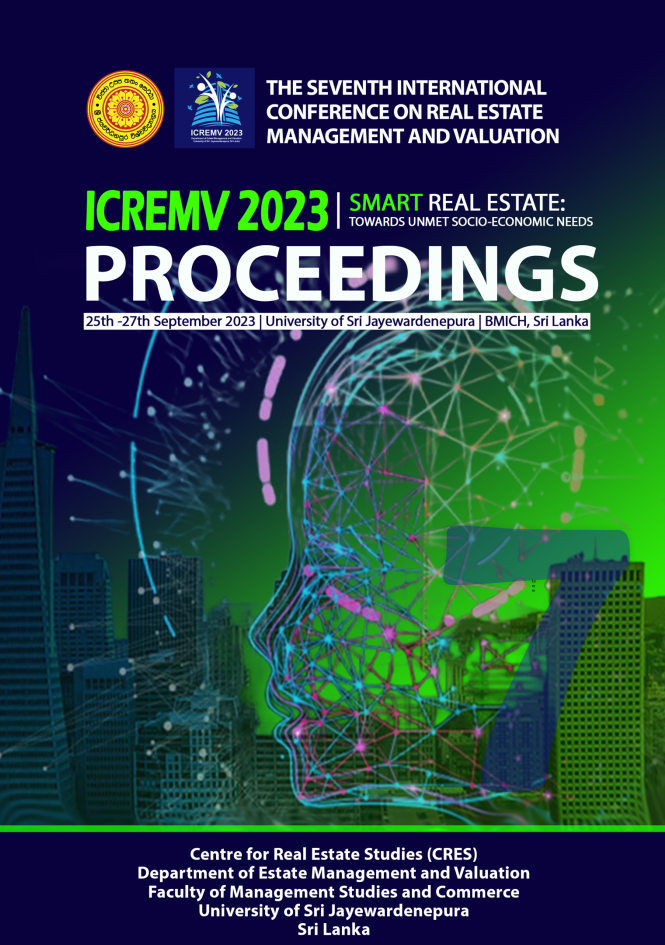Adaptive Reuse of Old Buildings in the Colombo Fort as an Alternative to Enhance the Green Tourism in Sri Lanka
DOI:
https://doi.org/10.31357/icremv.v7.6767Abstract
The tourist industry was a vital sector in the global economy prior to the pandemic. International tourism brought about economic flows that played a critical role in the growth and international economic ties of developing nations. The World Tourism Organization highlighted how tourism contributed to socioeconomic progress through the establishment of new destinations, investments in the tourism industry, infrastructure growth, and export income. It was estimated that tourism accounted for approximately 6% of global economic activity and provided employment for 6% to 8% of direct and indirect jobs worldwide. In 2017, international travel receipts reached USD 1.2 trillion, representing a 4.4% increase from 2014. However, the COVID-19 pandemic caused a significant decline in the tourism sector, with the industry's direct contribution to GDP dropping from USD 9630 billion in 2021 to USD 5812 billion. Despite the challenges posed by the pandemic, the tourism sector remained crucial for income and employment, particularly in developing nations where foreign exchange gains played a vital role in economic development. To revive the industry, stakeholders and managers explored sustainable alternatives, such as utilizing existing historic structures and public areas in the Colombo fort to promote ecotourism. This study aims to identify opportunities for adaptive reuse in the fort area, considering its abundance of historic structures and ongoing developments facilitated by the government.


